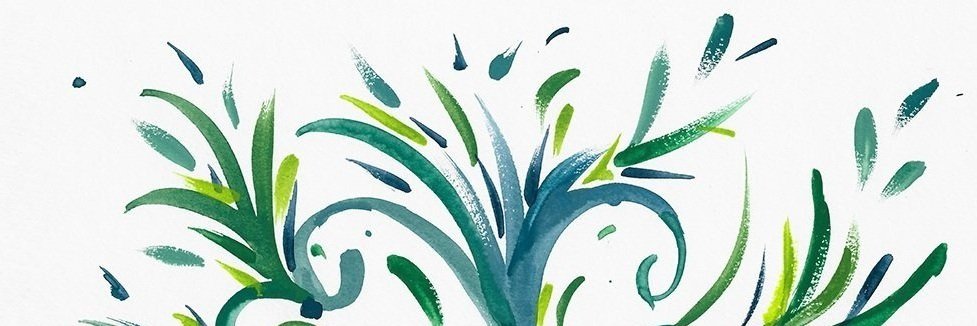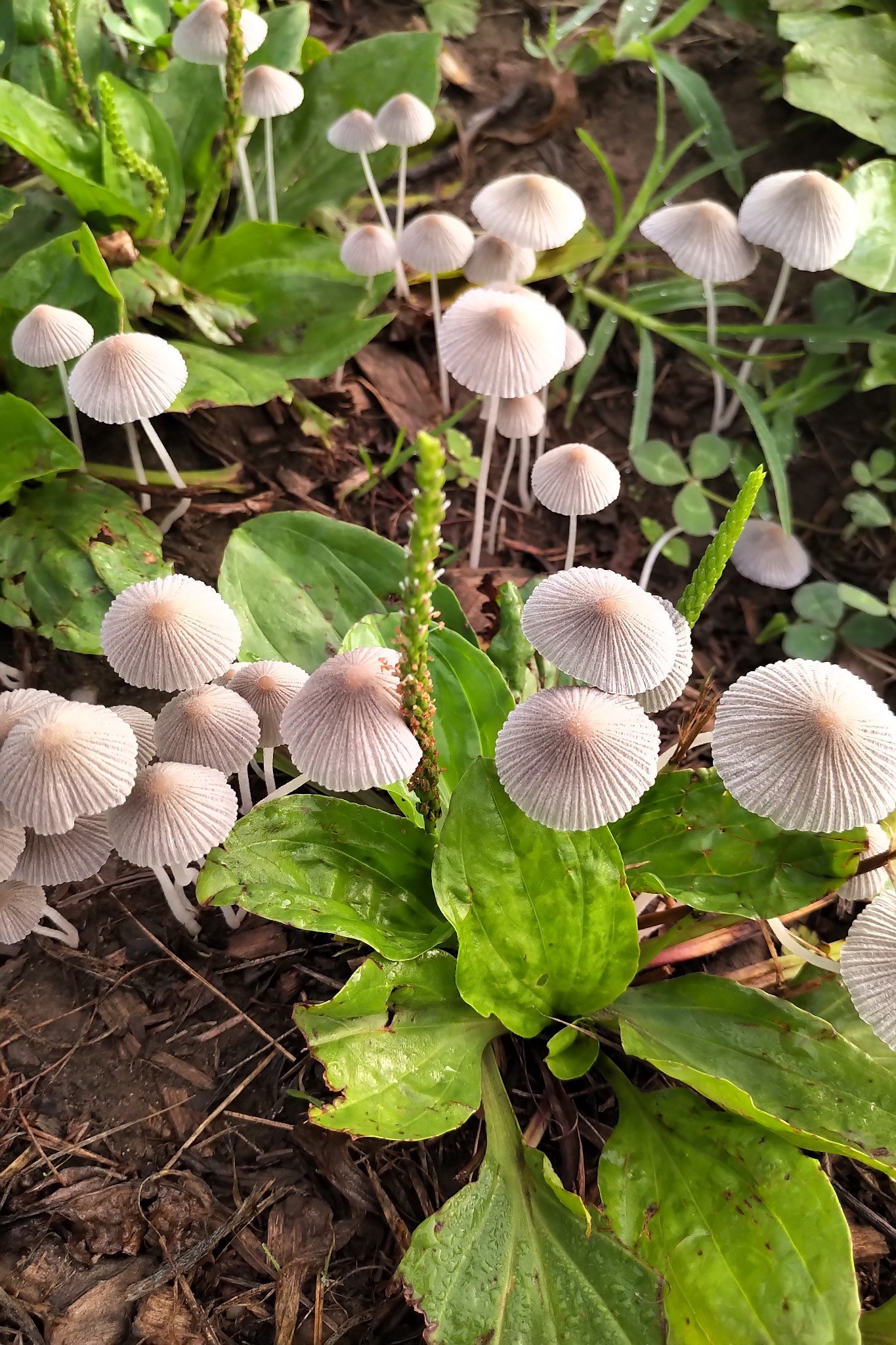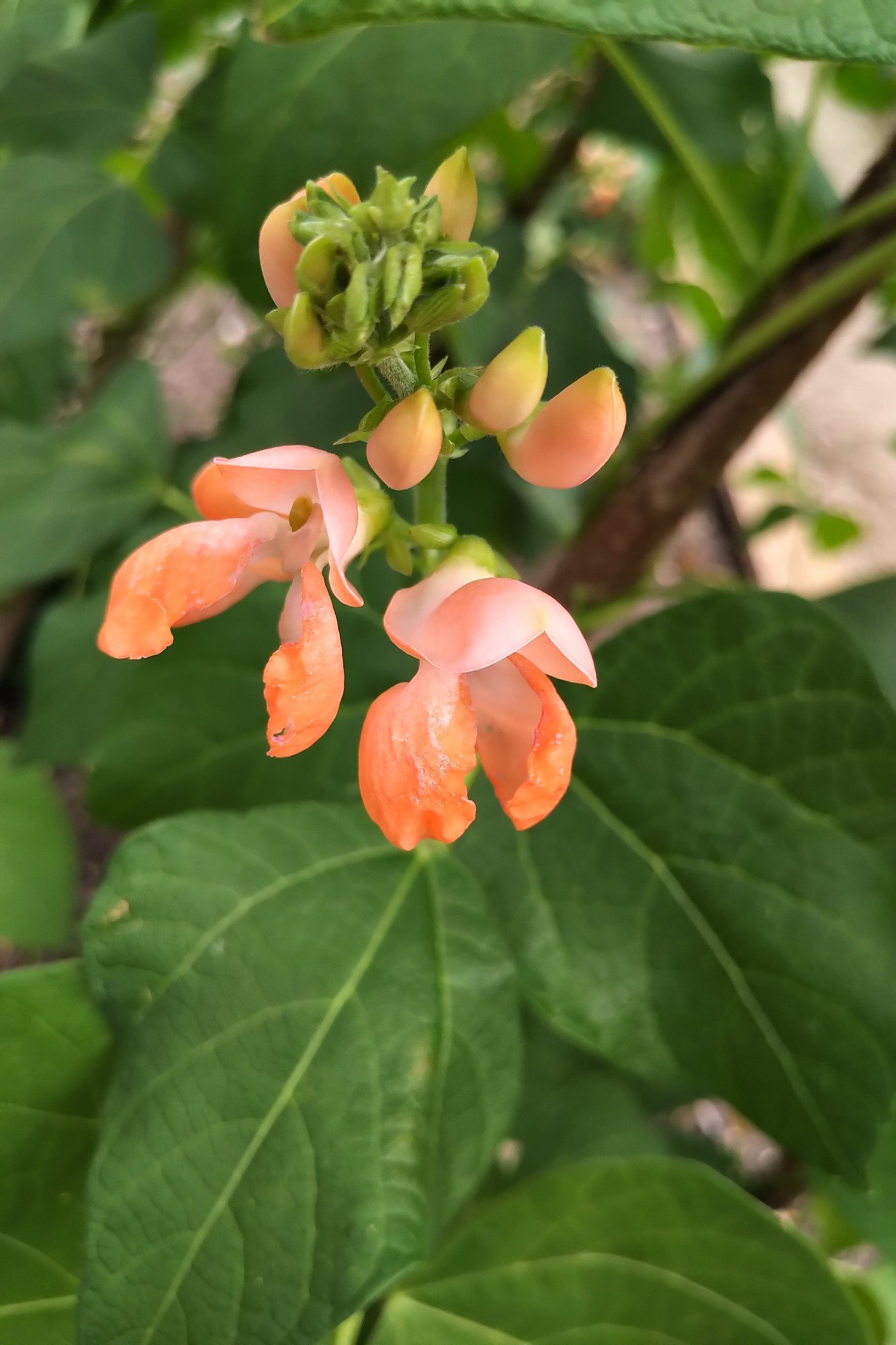Forest Therapy Guiding
But why does one need a guide and a group of people for this?
As with so many things experiential, words often fall short to “explain” the experience itself and the magic that can ensue.
Often in nature, we’re not that deeply present – we can be having conversations with others, or with ourselves in our head. Forest therapy is a way to unplug, slow down, be rooted in our bodies and experience being alive in a highly visceral way. Nature is perhaps the greatest healer and when we can slow down and become truly attuned with all of our senses, magic can happen.
What is “Forest Therapy”?
When a friend first told me about Forest Therapy Guiding, I thought it sounded enchanting. Smiling and nodding, I said, “Oh, I do that all the time – I spend hours a day in Nature being with the trees.” What I thought but didn’t say was “Why would you ever need a guide to do this?”
Forest Therapy is based on the Japanese practice of Shinrin-Yoku (translated as Forest Bathing) – created in the 1980s as a panacea for the national health crisis of “modern disease” (heart disease, immune-disorders, cancers, etc.) as the tech boom drew people from rural villages into the larger cities. Scientific studies continue to show dramatic positive results on heart rate variability, cholesterol levels, and cancer cells (the now-famous NK cancer-killing cells being found to be activated by the pheromones emitted from trees, especially pine trees) from just an hour or two in the forest. If you are a science buff, there are a plethora of studies you can read.
A guide offers prompts to tune into “liminal” space – the space between our busy mind and a deeply meditative state. It’s in this liminal space that we can often access our own wisdom and deeper sense of belonging in the world.
A guide holds time and space so we’re free to wander with a care-free wonder – something rare and precious in our world. We can watch fractal patterns of light, soak in healing shades of green, or experience a million other delights offered to us when we slow down and pay attention. And in this deeply relaxing activity, a sense of the Spacious emerges, playing with the plasticity of our brains.
A guide holds space for community – while participants each have their own individual experience, there is space and time to share with no pressure whatsoever to do so. Sometimes, being seen and heard in this way is one of the greatest gifts of the experience. It can be transformational.

Kind Words
“Diane created a wonderful experience for me and my work colleagues. None of us had done forest bathing before, and I really appreciated Diane’s welcoming and informative approach. It was a great experience for all of us with benefits that I’m still (six months later) still feeling. Not only did it help me reconsider and refocus my interaction with the environment around me, but it was also a great way for me to spend time with my colleagues outside of the office.”
“I wanted to follow up on the forest therapy experience a couple weeks ago to thank you. I appreciate your time and energy. I went into it very unsure of what to expect and I really enjoyed the experience so much. It has taught me to take little moments here and there to slow down and notice what is around me. Thank you.”
“I had the great privilege of being guided by Diane along the Muddy River on a rainy spring morning and felt totally whisked away into the whimsical world of moss and flowering trees. Despite being in an urban environment surrounded by the frenetic sounds and busyness and city life, Diane has a way of creating magic and meaning. She brings great care and creativity to her offerings. Diane is a truly skillful and intuitive guide, deeply connected to the Earth and I can’t wait to go on a guided forest therapy walk with her again! ”


